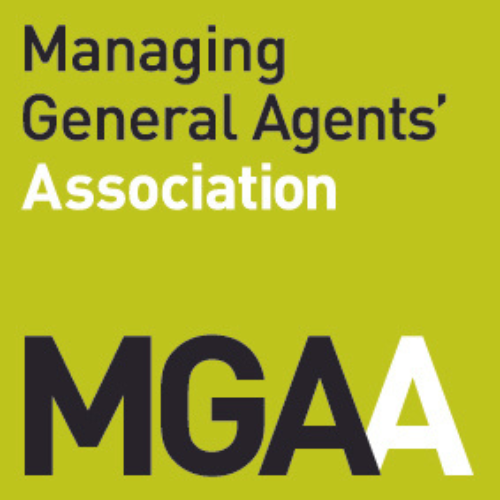The FCA have started to gather information on the way in which insurance for multi-occupancy buildings is negotiated, placed and managed. Seemingly triggered by the significant increases in risk premium that result from the cladding scandal that followed the Grenfell Tower tragedy, the FCA have reached the conclusion that the particular nuances of the way such policies are placed in the market may be resulting in harm to customers that it might otherwise expect them to be protected from.
The issue has been developing over a number of years, culminating in Michael Gove asking the FCA and Competition and Markets Authority (CMA) to undertake an investigation in January 2022. With political intervention at such a high level, this is a development that firms must take seriously, even at this early stage.
FCA “Dear CEO” Letters
- Dear CEO letter: Insurers: Insurance costs for multi-occupancy buildings
- Dear CEO letter: Intermediaries: Insurance costs for multi-occupancy buildings
Two letters have been written to firms involved in the intermediation and insurance of multi-occupancy buildings. It is clear from the letters that there are genuine concerns over Product Governance issues, with the somewhat complicated distribution chains for property owners business raising concerns about product value in particular.
In its letter, the FCA has reminded firms of their obligations:
“Where commission is based on a percentage of the premium, firms should be aware that higher premiums may lead to increases in the amount of commission which are not justified by the benefits provided or by higher costs incurred.”
It also goes on to say:
“Our rules require insurance intermediaries (such as brokers and property managers) to ensure they do not adversely impact the value of products they are offering.”
It’s worth taking a quick look at the key obligations that insurers and intermediaries have in these scenarios:
PROD 4.2.14A
“For a non-investment insurance product, a firm must ensure that the product approval process identifies whether the product provides fair value to customers in the target market including whether it will continue to do so for a reasonably foreseeable period (including following renewal).”
PROD 4.2.3A
“whether the distribution arrangements could mean customers are at a greater risk of not receiving fair value from the insurance product”
The key question will probably revolve around whether or not it can be said that the leaseholders, who ultimately pay for and benefit from the insurance policies, are protected within the current PRA and FCA rule books based on the current definition of the terms for client or consumer. This issue could be dependent on the structure of the insurance product. If the freeholder is buying the insurance for their interest only and the policy only covers them but the leaseholders under their leases must pay a proportion there is an issue and it may well be the case that they are not currently protected, but political will and any fair assessment of the circumstances might suggest they should be.
On the other hand, if the policy identifies the leaseholder as an insured, there is a very strong argument that the freeholder, in arranging the insurance for the building, is acting as the agent for the leaseholders. There should in those circumstances be no secret commissions or kickbacks to the freeholder. Furthermore, as the leaseholder is a named insured there is a strong argument that they are also a client of the placing broker and duties are owed to them. In particular, the duty to act in their best interests both from a legal point of view but also, since October 2018 and the introduction of the IDD into FCA rules, as a result of the Best Interests rule contained within the FCA Handbook.
What Happens Next?
The FCA will have started their process of collecting information on the issue. The collation and assessment of that data will take time and the FCA will want to ensure that in doing so, they consider carefully any conclusions they are drawn to.
It’s difficult to see a scenario where they conclude the market is working in the best interests of the leaseholders.
What Should Firms Be Doing?
Any firm involved with the placement or insurance of multi-occupancy building insurance should review their product governance arrangements and ensure that the processes are clearly documented. If your firm has any involvement in the manufacture of such products for the insurance of multi-occupancy buildings, you should establish if or when these were last reviewed.
If the Senior Management Function holder responsible for Product Governance is not already aware of this issue, you should ensure it is drawn to their attention.
Conclusion
The last time the CMA got involved in a major investigation with the insurance market was in relation to ‘price walking’ and the effects of that intervention are just working themselves through operationally now, some 3 years later. Insurers and intermediaries would be well advised to take note of what is happening and begin to consider not only their response to any request for data from the FCA, but in more general terms, whether or not their product governance processes are working as the FCA might expect them to be. The focus of any work at this stage may be specifically in relation to multi-occupancy buildings, but if there is any sense from the FCA that Product Governance policies are not working as intended, it is very likely the scope of any action will quicky broaden out.
Update 10th May 2022
The FCA have today written in response to Michael Gove, setting out their initial thoughts and providing an update on the ongoing work they are undertaking. You can read a copy of the letter here.
If you would like to discuss any aspect of your firms own product governance procedures, please do get in contact with Craig Umbleja.









